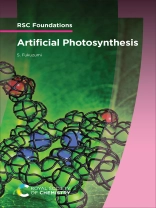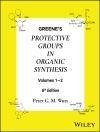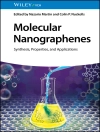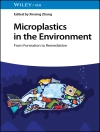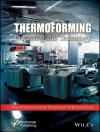Artificial photosynthesis, in broad terms, is the process for converting solar energy into a useful fuel for storage and mobile use, as photosynthesis in plants and algae does. Replication of the photosynthetic process would mark a significant achievement in the production of clean energy while also reducing CO2 in the atmosphere. Artificially replicating the process however, presents several challenges and thus far, extensive efforts have been devoted to water splitting to produce hydrogen as a solar fuel in heterogeneous photocatalysis. The molecular-based mimicry of the fundamental processes occurring in photosynthesis have attracted much attention including: light harvesting, charge separation, water oxidation, NAD(P)+ reduction and CO2 fixation. Each of these processes, however, have been researched separately in their respective fields of study. This book aims to provide a unified view, and future perspective, of artificial photosynthesis while discussing and reviewing all of the artificial molecular processes together. It is an ideal single-source reference for any student or early career researcher interested in the study of molecular-based artificial photosynthesis systems.
Inhoudsopgave
- Introduction to Photosynthesis
- Marcus Theory of Electron Transfer
- Photosynthetic Reaction Centre Models
- PSI Models
- PSII Models
- Combination of PSI and PSII Models
- Hydrogen Storage
- Conclusion and Perspective
